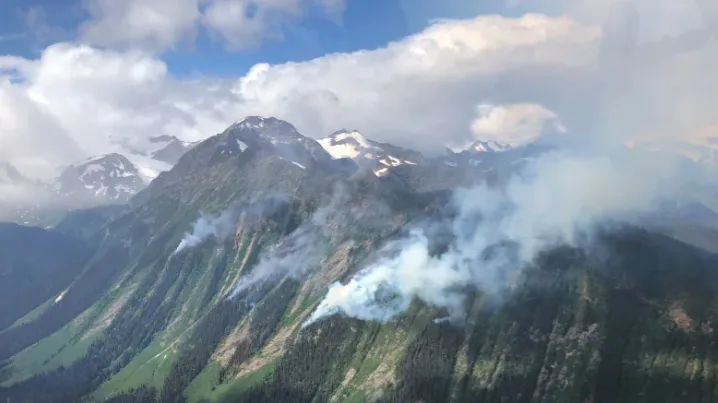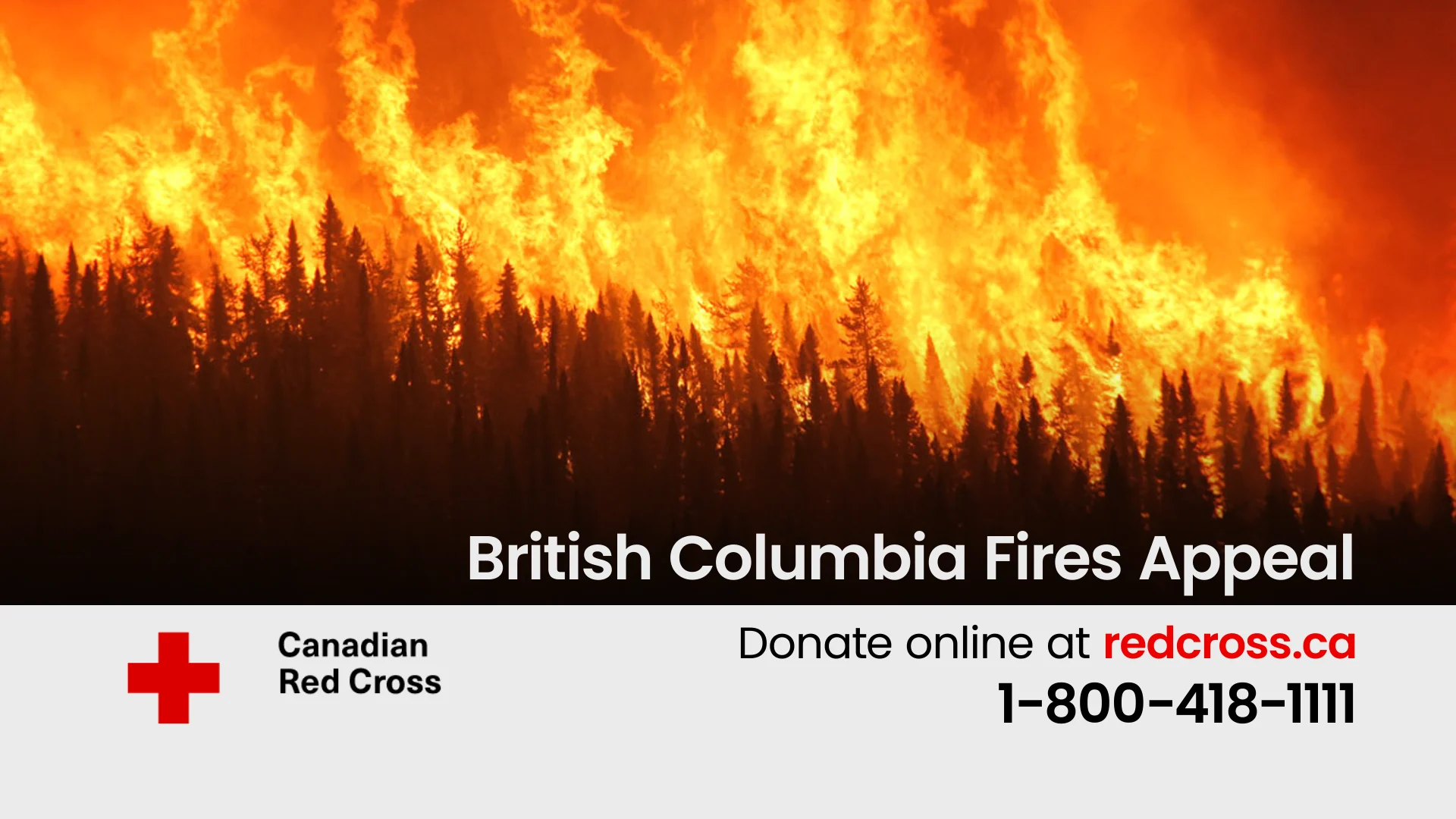
International, national wildfire crews head to B.C. to battle blazes
The British Columbia government welcomed 101 firefighters from Mexico on Saturday to help combat hundreds of wildfires raging across the province.
B.C. Public Safety Minister and Solicitor General Mike Farnworth greeted the Mexican firefighters in Abbotsford and provided an update on the province's wildfire situation.
Farnworth said difficult fire conditions will persist in B.C.'s Interior for the foreseeable future, but help is on the way.
"We will see the other side of this fire season," he said.
The Mexican firefighters will work alongside crews in B.C. for 30 days, Farnworth said. After clearing customs, they were getting rapid tests done for COVID-19 and then heading to the Interior.

(Updated July 25)
There are currently 3,320 firefighters in B.C., including 173 from out of province.
Farnworth said the first contingent of the Canadian Forces wildfire ground crews arrived in Vernon on Friday. He said more will be arriving mid-week, for a total of 350 personnel who will focus on mop-up efforts and putting out hot spots.
Additional crews have also arrived from Alberta, New Brunswick, Nova Scotia, Quebec and Parks Canada.
The B.C. Wildfire Service said in a tweet that the 101 firefighters from Mexico would head to the South Okanagan to help with the Nk'Mip Creek wildfire.
The fire, which started on Monday and is still considered out of control, has grown to 68 square kilometres in size.
On Saturday afternoon, the Regional District of Kootenay Boundary upgraded an evacuation alert to an order for 126 properties in the Mount Baldy area due to the fire. Mount Baldy is a popular ski area about 60 kilometres northeast of Osoyoos.

Nearly 5,000 properties remain under evacuation order and more than 16,000 are under evacuation alert over the weekend as hundreds of fires burn across the province, some fuelled by consistently warm temperatures and strong winds.
The B.C. Wildfire Service says there are 257 blazes across the province as of Saturday morning, most of them in the Kamloops fire district in the B.C. Interior.
That's down from 275 fires reported Friday and about 300 earlier in the week.
'NO RELIEF IN SIGHT'
On Thursday, the wildfire service said conditions are extremely dry in the southern half of the province and there is "no relief in sight."
The Regional District of Okanagan-Similkameen Emergency Operations Centre also continues to monitor some wildfires of note in the area, including the Nk'Mip Creek, Thomas Creek and Brenda Creek wildfires near Oliver and Osoyoos.

On Saturday morning, the district expanded an evacuation order for two properties because of the Nk'Mip Creek wildfire.
The district also said the Osoyoos Indian Band had rescinded an evacuation order and instead issued an evacuation alert for six properties.
Environment Canada has issued a special air-quality statement for nearly a quarter of B.C., in the southeast, because of smoke from the wildfires.
On Sunday, firefighters plan to use a controlled burn to remove fuel that's in the path of the Bill Nye Mountain wildfire. It's currently burning in the southeast corner of the province, about 35 kilometres east of Kimberly.
Three properties are under an evacuation order due to the fire, which has grown to 11 square kilometres since starting on July 8.
The service says smoke from the planned ignition will likely be visible from Cranbrook and Kimberley, as well as from Highway 95.
Both the Nk'Mip Creek and Bill Nye Mountain wildfires have area restrictions around them to keep people out of the places where firefighters and equipment are.
This story, written by Maryse Zeidler and Chad Pawson, was originally published by CBC News on July 24, 2021. Contains files from The Canadian Press.










